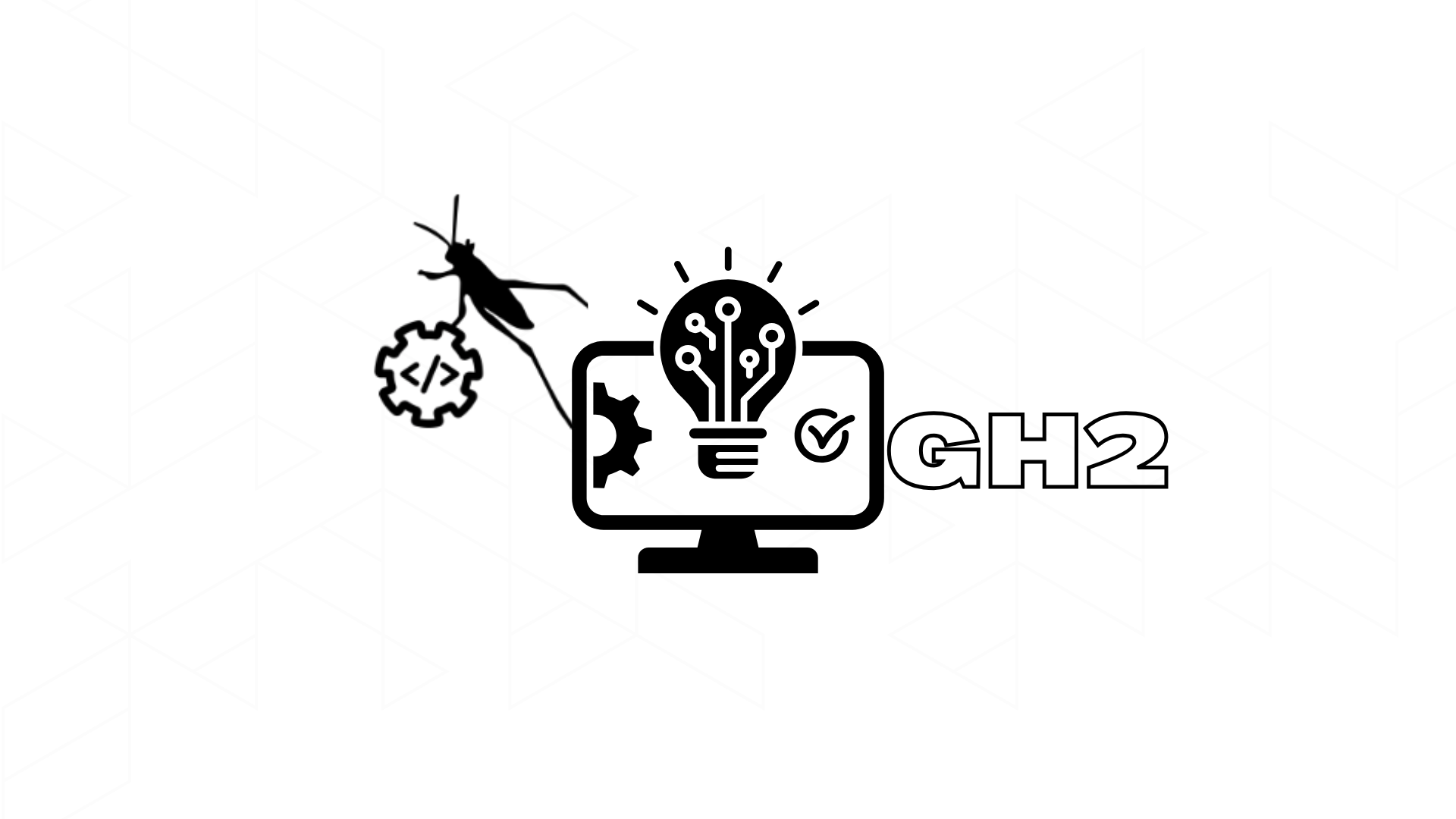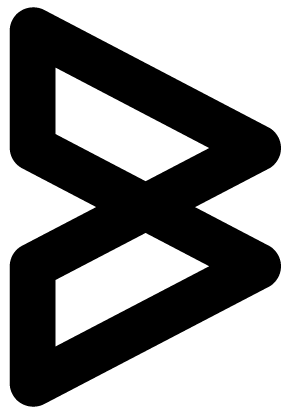
Grasshopper 2: The Big Upgrade Everyone’s Curious About
Grasshopper 2 has been a topic of curiosity for years now. It appears in early demos, alpha builds, and community discussions, enough to make everyone in computational design aware of it, but not enough for anyone to actually rely on it. And because Grasshopper plays such a central role in architecture, product design, and digital fabrication, the uncertainty naturally raises a simple question:
“Is Grasshopper 2 something we should prepare for?”
The short answer: Yes, but slowly.
Grasshopper 2 is promising and forward-thinking, but it’s still evolving. Understanding why it’s taking time and what will change is the key to knowing how it fits into future parametric workflows.
This blog breaks the topic down clearly and practically, without hype.
Grasshopper 2 Is More Than an Update, It’s a Redesign
Most software evolves with incremental improvements. Grasshopper 2 is different. It’s being built on a new architecture designed to support larger, smarter, and more complex workflows than Grasshopper 1 was ever intended for.
The interface still feels familiar. The idea of connecting components and building logic visually hasn’t changed. But internally, Grasshopper 2 functions more like a modern computational engine than an extension of the old one.
This redesign is why development is slow, the goal isn’t to patch the old system, but to build a foundation that can last the next decade.
What’s Actually New in Grasshopper 2?

Even in its incomplete state, several features stand out as genuinely meaningful, especially for designers who work closely with manufacturing and fabrication processes.
1. Metadata Becomes Native
In Grasshopper 1, metadata often feels like a workaround. Designers use panels, custom attributes, plugins, or spreadsheets to store information like material specs, part IDs, fabrication methods, and pricing.
Grasshopper 2 addresses this by allowing metadata to be tied directly to geometry and values in a clean, structured way.
This means the model can carry:
- material details
- manufacturing rules
- tolerances
- pricing
- naming logic
- part IDs
- assembly information
All without relying on external tools or manual tracking.
For workflows that move from parametric design to CNC, fabrication, or prefabrication, this is one of the biggest quality-of-life improvements Grasshopper has ever seen.
2. Fields and Behavioral Logic
Grasshopper 2 introduces new data types like fields, gradients, distributions, and functional relationships. These allow designers to describe how something behaves in space, not just what its shape is.
Instead of only modeling the geometry, you can model the logic around:
- density variations
- structural stress zones
- environmental gradients
- material transitions
- performance requirements
This shifts Grasshopper from being a shape generator to a tool capable of more context-driven reasoning.
3. Cleaner Iteration and Document Updates
Anyone who has baked geometry in Grasshopper 1 knows that updating a model can turn into a mess of duplicates, mismatched layers, or broken references.
Grasshopper 2 improves this significantly. It tracks object IDs more consistently, manages layers more cleanly, and refreshes geometry without creating unnecessary clutter. This makes iterative design, especially on large parametric systems far more predictable.
It’s a quieter improvement, but a very practical one.
4. A More Modern Engine for Larger Systems
Grasshopper 2’s internal redesign is intended to support more parallel operations and scale better with complex definitions. While this is still developing, the foundation being built now is clearly aimed at handling larger, more advanced parametric systems with fewer performance bottlenecks.
So, Can You Actually Use Grasshopper 2 for Real Work Right Now?
The honest answer: No.
Grasshopper 2 is still in a state where things change often, features shift, and behavior isn’t fully stabilized. Many plugins designers rely on haven’t been rebuilt yet, and Grasshopper 1 files don’t always transfer cleanly.
That doesn’t mean Grasshopper 2 isn’t useful — it’s just not ready for production.
Grasshopper 1 remains the reliable, stable platform for real projects and fabrication workflows.
Then What Should Designers and Teams Do?

The best approach is a balanced one, stay in GH1 for production, but start exploring GH2 to understand where things are heading.
A practical preparation strategy looks like this:
- Keep your current GH1 workflows modular and organized
- Identify areas where metadata could simplify handovers
- Test GH2 occasionally to understand its new logic
- Experiment with fields and new data structures on side projects
- Follow updates, but don’t rush to migrate
This mindset helps teams get familiar with the future without risking stability today.
Why the Slow Development Is a Good Sign
Grasshopper isn’t casual software. It’s part of the backbone of how buildings, products, and fabrication workflows are designed. Stability matters more than speed.
The careful pace of Grasshopper 2 signals that the foundation is being built thoughtfully. That same careful foundation is what allowed Grasshopper 1 to remain the industry standard for almost two decades.
Grasshopper 2 is being built with the same long-term vision.
What the Future Might Look Like
Grasshopper 2 is setting the stage for a new era of parametric systems:
- design models that carry their own production intelligence
- smoother handoff from design to fabrication
- cleaner, more organized data
- stronger performance with large or complex definitions
- workflows that are smarter and easier to maintain
Grasshopper 1 shaped the last generation of computational design. Grasshopper 2 is clearly being prepared to shape the next one and when it eventually becomes stable, it will feel like a natural evolution rather than a disruptive shift.
A BorgMarkkula Perspective
At BorgMarkkula, we see Grasshopper 2 as an important step in the future of parametric design, even if it isn’t ready for production yet. The direction it’s taking richer metadata, cleaner data structures, and more intelligent spatial logic aligns closely with the challenges we solve every day in customization, fabrication, and digital workflows. GH1 remains our dependable tool for real projects, but GH2 gives a clear glimpse of how the next generation of parametric systems will evolve, and we’re preparing for that shift as it matures.
If this sounds interesting, lets connect and discuss about your project
https://calendly.com/kane-borgmarkkula/30min?month=2025-11



